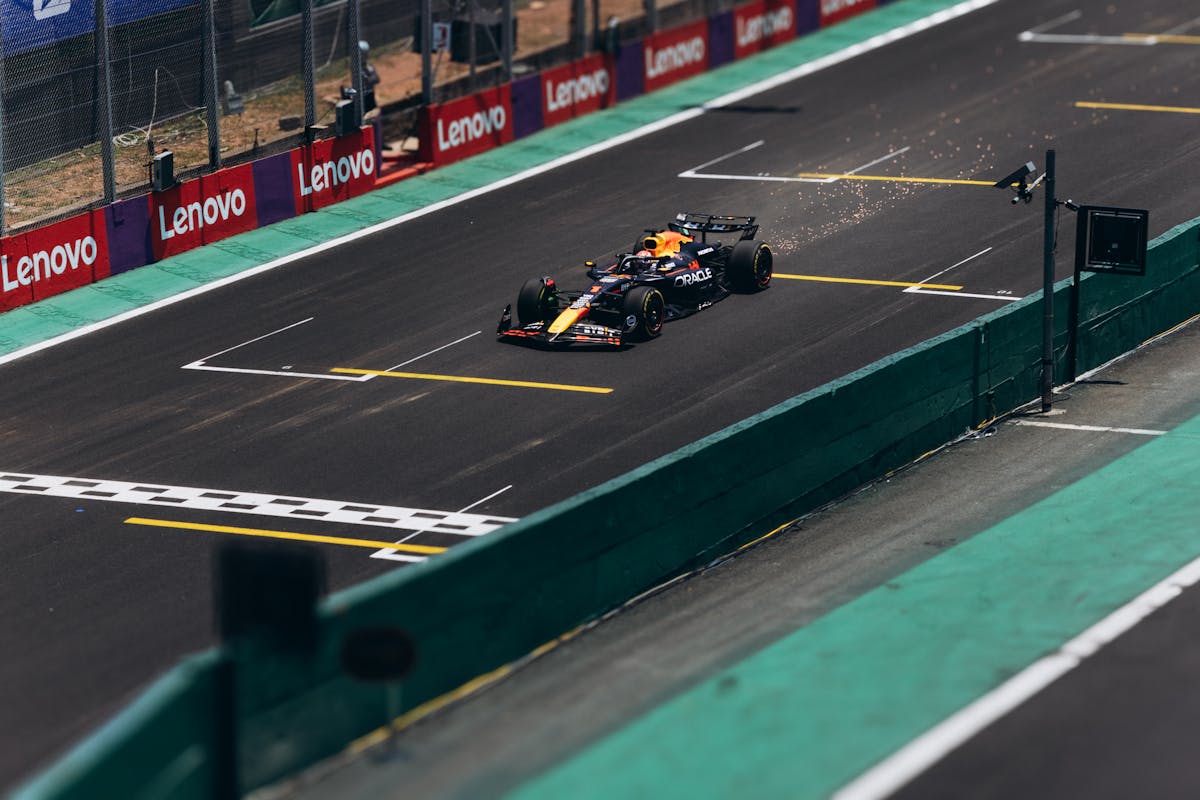AI and GIS: Transforming Spatial Data Processing
GIS is a core element of spatial data analysis for decades, allowing us to map, visualize, and analyze geographic data to get valuable insights. For the complex and voluminous spatial data, though, more advanced technologies for processing are required. And that’s what Artificial Intelligence (AI) is: a revolutionary force that transforms how GIS processes and analyzes spatial data. With AI integration into GIS, not only is the data processed at higher speeds with better accuracy, but new avenues open up in the world of spatial analysis. In this blog, we are going to delve into how AI changes GIS and how it has paved the way for greater ease in the management of geospatial data.
1. Enhanced Data Processing with AI
The biggest challenge that GIS faces is the handling of large volumes of spatial data. Processing such data was essentially a long process involving significant manual intervention in old times. AI can automate and speed up this processing.
Automated Classification and Feature Extraction
AI algorithms can classify thousands of images coming from satellites or drones with high accuracy and perform automatic object detection on buildings, roads, vegetation, and water bodies. The use of classification approaches reduces direct human input and increases the level of accuracy and speed of GIS workflows. Important features seen by the eye may not be extracted with AI technology as well.
Processing Big Data
The spatial data is expanding rapidly due to the changing pace of the rapidly evolving data collection technologies, such as drones, satellites, and sensors. AI algorithms, in particular machine learning (ML) algorithms, are well-equipped to manage big data easily. This ability enables them to quickly scan and interpret large sets of data that allow GIS professionals to decide considerably faster, with maximum reliance on data.
2. More Spatial Data Accuracies
Above all, accuracy in the processing of spatial data dictates that AI with the capability to learn from data and predict precision should be a suitable addendum with GIS.
Error Detection and Correction
AI algorithms are capable of identifying errors in datasets: gaps, overlaps, or inconsistencies in the spatiotemporal information. Detections will be corrected by AI autonomously so that the accuracy of the dataset is preserved.
Predictive Analytics
Using machine learning, AI can develop predictive models that can predict geospatial trends. For example, AI can predict future change in land use, urbanization development, or risk deforestation by using historical data. These predictive abilities enhance planning and decision-making procedures for industries in urban planning, agriculture, and environmental monitoring.
3. AI-based spatial analysis
AI goes beyond mere data processing and is used in advanced spatial analysis that helps discover patterns and provide insights.
Pattern recognition
Pattern recognition is one area in which AI excels and is very helpful in a GIS environment to analyze spatial relationships. Whether it is identifying migration patterns, the trend of urban growth, or changes in environmental conditions, the AI algorithm can decode something which maybe traditional GIS methods cannot catch. Through multiple analyses at once, AI provides deeper and more meaningful spatial insights.
Analysis of Real-Time Data
With the rising usage of the Internet of Things and sensor networks, GIS is increasingly dependent on real-time spatial data. AI is capable of analyzing such data in real time. This makes it very helpful for firms like disaster management, where real-time inputs can immediately affect emergency responses.
4. Applications of AI in GIS
AI combined with GIS is already harvesting various benefits in numerous industries.
Environmental Monitoring
AI-based GIS systems monitor the environment by tracking any changes that might happen, such as the loss of forests and declining levels of pollution, all which can be associated with climate change. AI detects anomalies through satellite imagery and sensor information, and these are determined to create future impacts.
Urban Planning
AI and GIS, in an integrated form, can better equip urban planning with powerful tools, in which AI can analyze the spatiality of the data, optimizing land use, traffic management, and infrastructure development. Cities are increasingly leveraging AI-driven GIS for designing smarter urban environments.
Disaster Management
Advancements in artificial intelligence have helped develop GIS systems that can anticipate and control natural disasters like an earthquake, floods, and hurricanes before it even occurs. AI analyzes disaster patterns both in real-time and in the past, and based on these analyses, it helps the model predict the chances of a future disaster to provide some useful information in the preparation of such a disaster.
Agriculture
Precision agriculture enables the farming community to make data-driven decisions with the assistance of AI-based GIS systems, thereby analyzing soil conditions, crop health, and climatic changes. This enhances the resource usage and increases crop yield with sustainable farming practices.
5. Future of AI in GIS
The integration of AI into GIS will lead to much more innovative solutions with continuing further improvements in AI.
The growing capability of AI to learn from ever-growing sources of data means that future systems of GIS will become even more autonomous, autonomously handling more complex tasks with minimum human input.
Conclusion
This integration of AI with GIS is opening new horizons for spatial data processing and analysis, something in which AI works as an added resource to GIS analysts because it can process large volumes of data, enhance accuracy, and reveal latent patterns, thus equipping the software with immense power. More and more industries are realizing the great potential of AI GIS, which will lead to changing how we understand and interpret our world and relationship to it.








